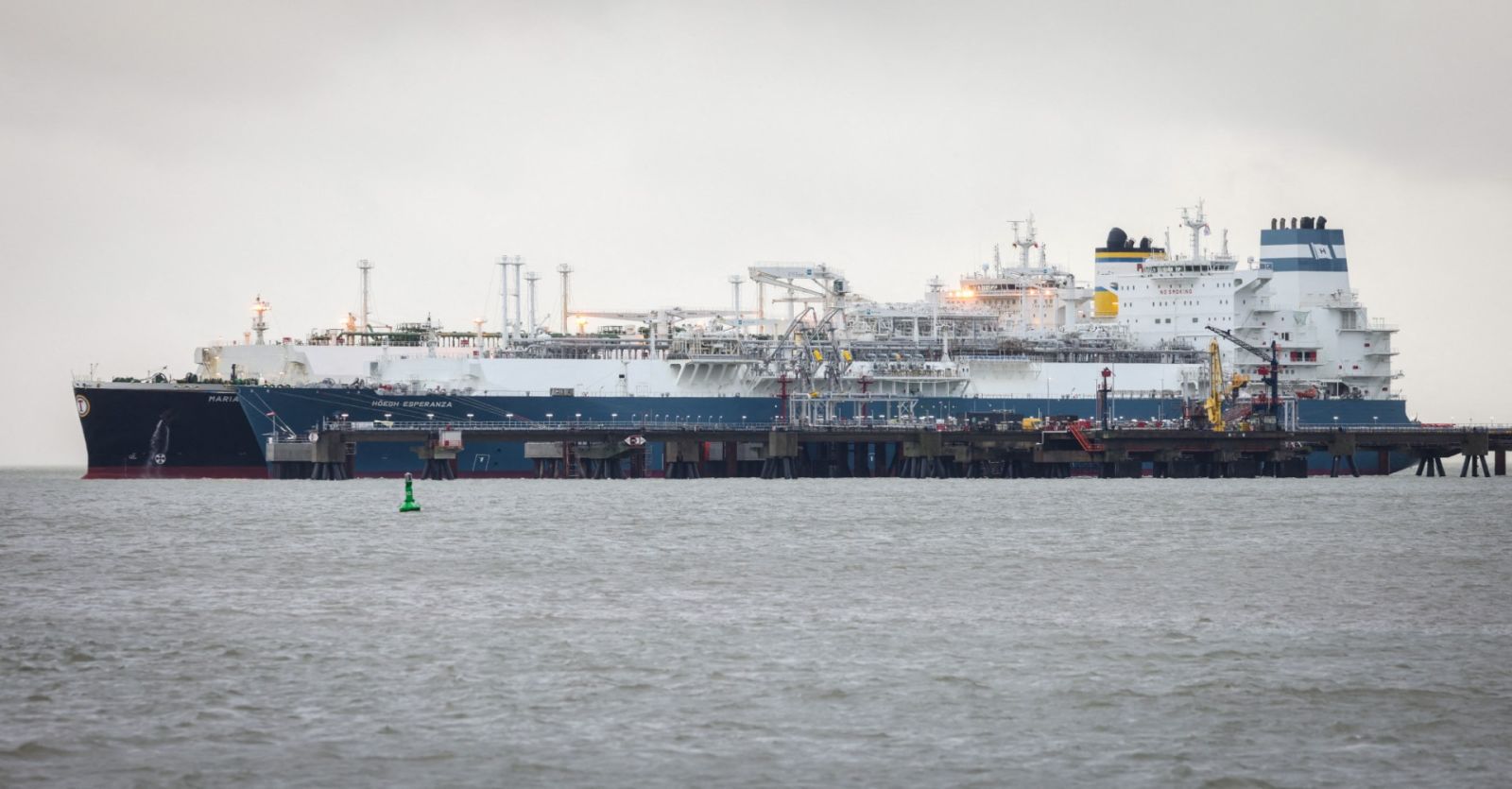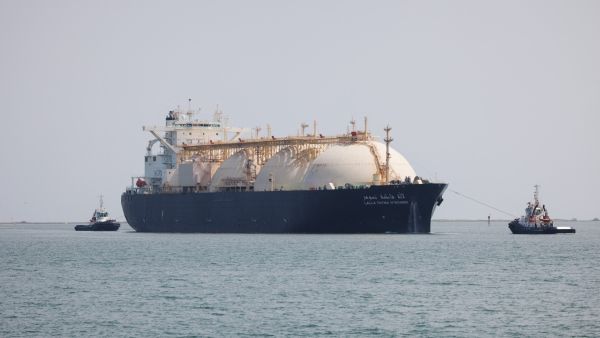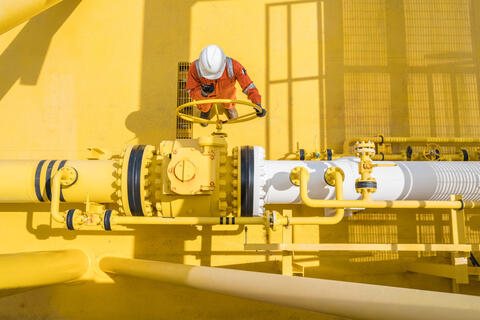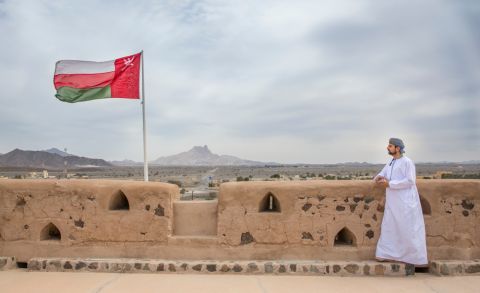ALBAWABA - Oman announced on Saturday constructing a new liquefied natural gas (LNG) train at Qalhat Industrial Complex in Sur. The new train will raise the country's annual production capacity to 15.2 million tons when completed in 2029, as reported by Oman News Agency.
New liquefied natural gas (LNG) train
Oman’s Ministry of Energy and Minerals said the country will start building this new liquefied natural gas (LNG) train with an annual production capacity of 3.8 million metric tons with the aim to boost Oman’s annual production capacity.
The ministry expected the new train to be constructed and completed by 2029 and explained how the new liquefied natural gas (LNG) train will increase operations in the country and will optimize the use of Oman LNG Company's infrastructure.

The new train will raise the country's annual production capacity to 15.2 million tons when completed in 2029. (AFP)
A report issued by Oman News Agency revealed the government’s current engineering design study plan to enhance clean energy and energy security.
Salim Al Aufi, Minister of Energy and Minerals, said: “The plan to launch a new train represents a pivotal addition to the strategy adopted by the sultanate to sustain its position as an important supplier and a major, safe, and reliable source of energy globally.”
Al Aufi stressed on the ministry’s focus on meeting the growing demand of clean energy sources and the constant support to available resources and infrastructure in the country. Al Aufi also highlighted the ministry’s role in supporting Oman’s economy and ensuring its sustainability.
The new liquefied natural gas (LNG) train is expected to boost Oman’s annual production capacity to 15.2 million tons with its 3.8 million tons production capacity and will support other current trains to meet the growing demand of liquefied natural gas (LNG) internationally.











